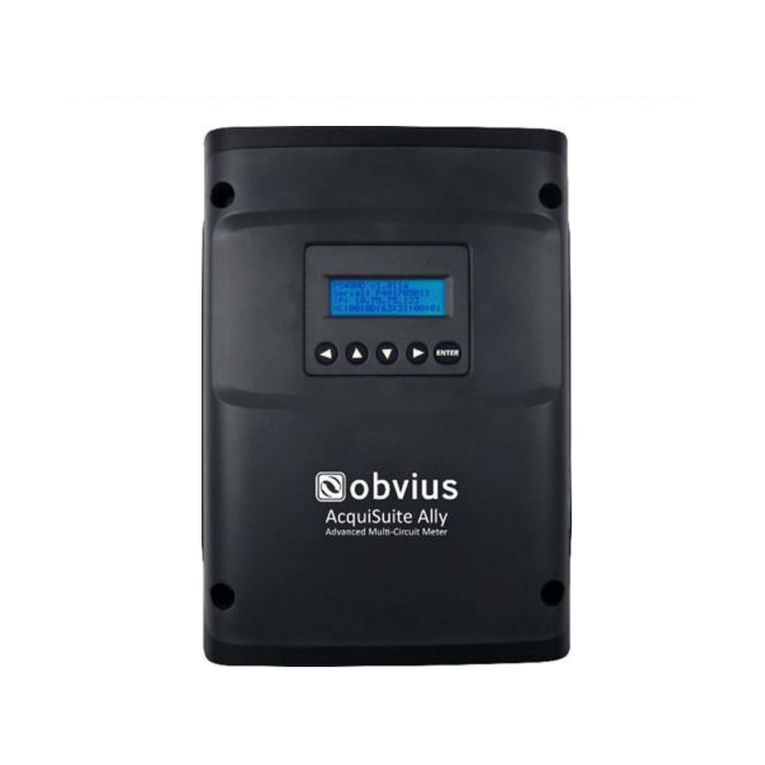
Hardware Overview
R9120 Features and Specifications
Processor 60MHz Ar 7 e bedded CPU
LED 3 x RF, 2 x RS 485, 2 x pulse, Alive, Alar
Protocol Modbus RTU
Addressing Modbus address ay be set fro 1 to 247 via Dipswitch.
Power Supply1,3 Included class 2 power supply requires 110-120VAC
(power supply not included in odels with -T option)
Inputs22 pulse inputs, dry contact
Monitor consu ption/rate/ in/ ax
Pulse rate/width user selectable to 10Hz, 50Hz, 100Hz, or 250Hz.
Pulse rate option: 10Hz, ini u pulse width 50 s
Pulse rate option: 50Hz, ini u pulse width 10 s
Pulse rate option: 100Hz, ini u pulse width 5 s
Pulse rate option: 250Hz, ini u pulse width 2 s
Contact closure threshold 100 to 2.5k user selectable
Pulse count values are stored in non-volatile e ory.
Co unications1RS-485 (+,-, S), 9600/19200 baud, N, 8, 1, two wire.
Supports up to 32 external devices per ModHopper. (expandable)
RF Frequency Hopping, ISM band, see table below.
-SN option: 400MHz receive only (sensor network)
Environ ental2North A erica: Te perature 0º – 50ºc 3, 0 – 95% hu idity, non-condensing.
Pollution Degree 2, Altitude up to 2000M.
For indoor and outdoor use when used in an appropriate enclosure.
The R9120 ust be ounted inside a NEMA rated electrical enclosure for safety and isolation
require ents when used outdoors.
EMC FCC CFR 47 Part 15, Class A
Size 6.5” x 4.5” x 2” (260 x 64 x 45 )
Mass 1.25 lbs (0.67 kg)
Product specific
features:
R9120-1
(low power)
R9120-3
(high power)
R9120-3AU
(high power)
R9120-5
(extended range )
R24120-3
(high power)
FCC ID OUR-9XCITE OUR9XTREAM OUR9XTREAM OUR-9XTEND OUR-24XTREAM
IC (Industry Canada) 4214A-9XCITE 4214A-9XSTREAM 4214A-9XTEND 4214A 12008
Encryption No No No 256bit AES No
Max Range
(indoor/urban)
100-300ft 1500ft 1500ft 3000ft 300ft
RF: 900MHz, 1 W 900MHz, 100 W 900MHz, 100 W
Australia/NZ
900MHz, 1000 W 2.4GHz, 50 W
Power Input39-30VDC, 200 A 9-30VDC, 200 A 9-30VDC, 200 A 9-30VDC, 900 A 9-30VDC, 200 A
1 Intended for low voltage class 2 inputs or outputs.
2 If the product is used in a anner not specified by the anufacturer, the protection provided by the equip ent ay be
i paired.
3 Not intended for use with rechargeable batteries.
Page 6 ModHopper R9120 rev C – Wireless Modbus/pulse transceiver






























